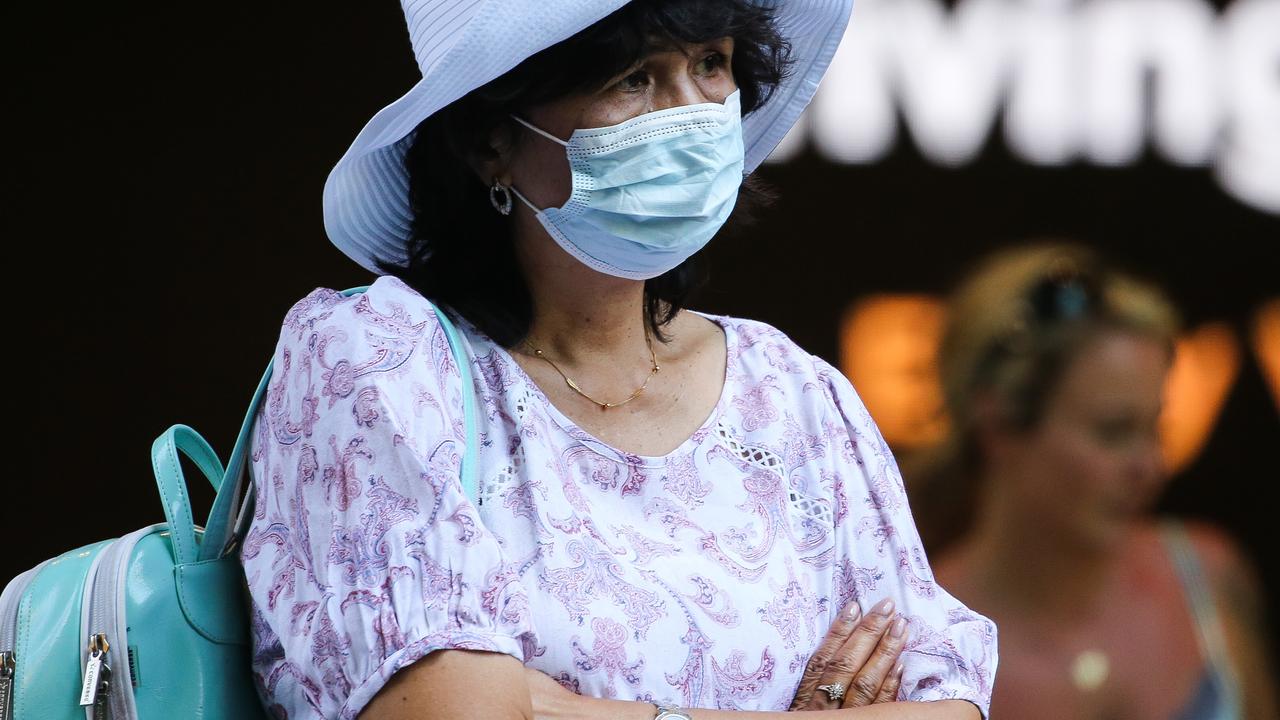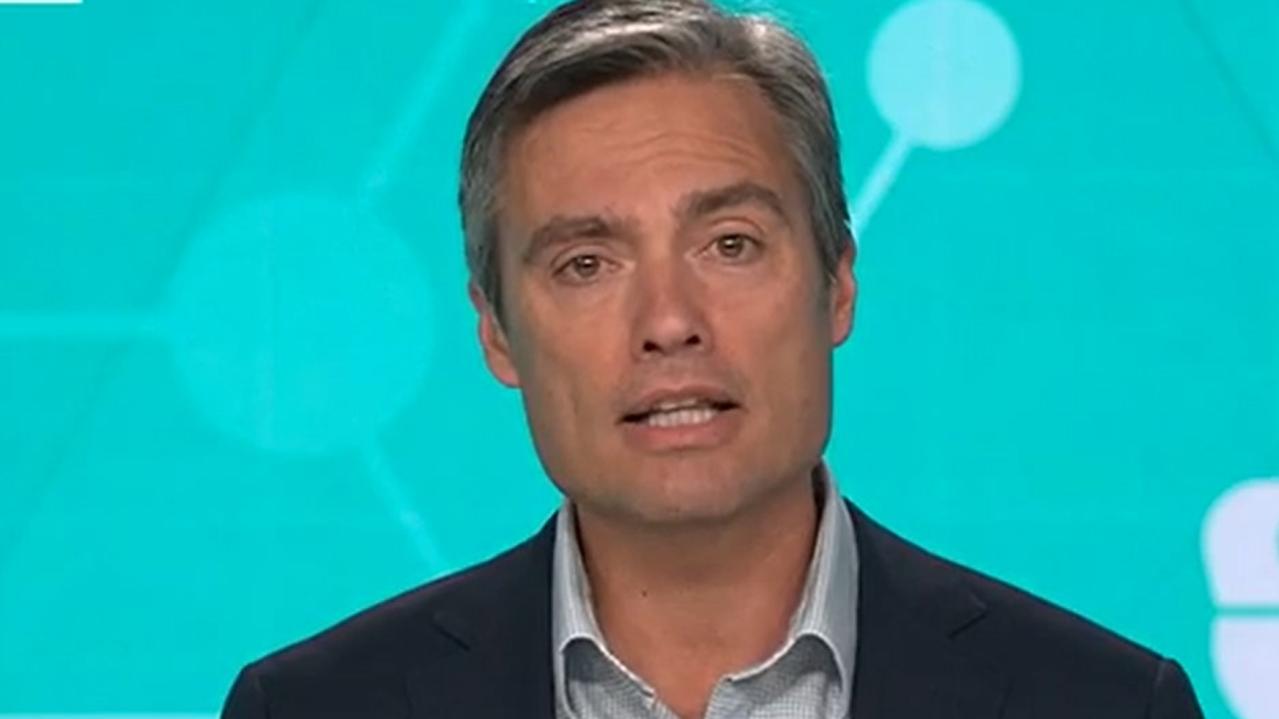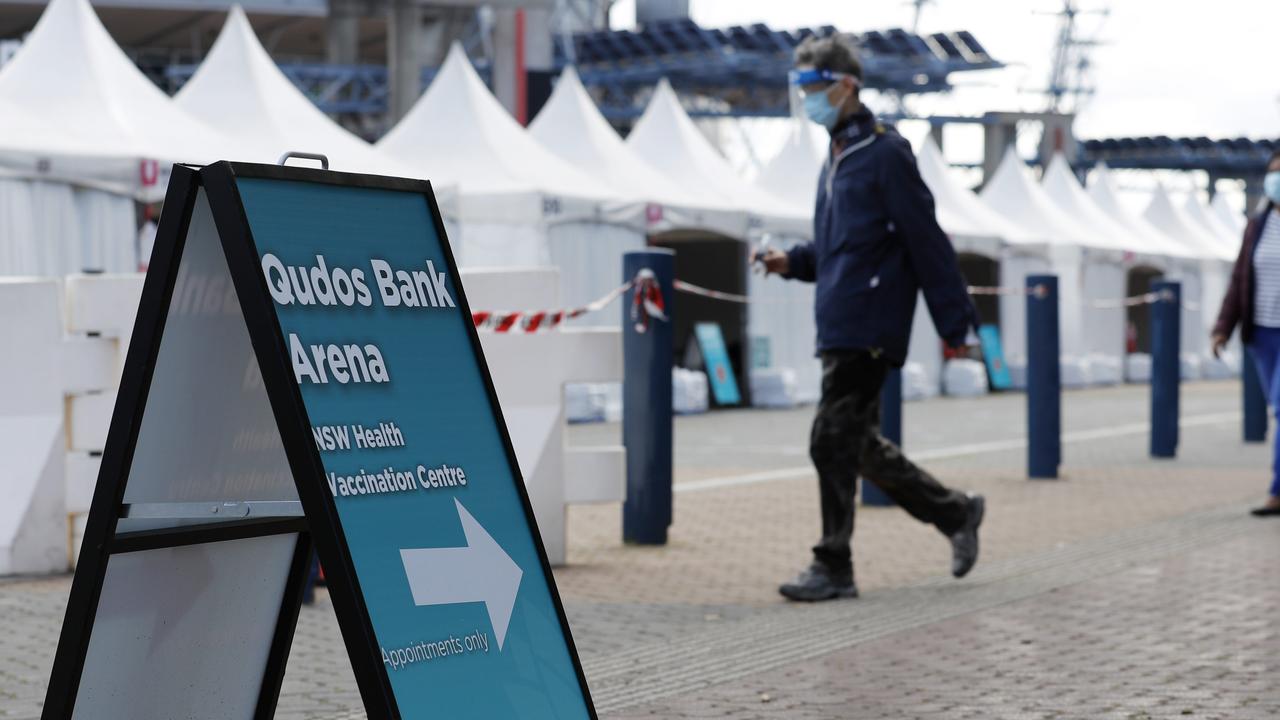Coronavirus Australia: The team working behind the scenes to neutralise virus spreaders
They are on the frontline of the pandemic; their job painstaking, but critical. Meet our contact tracers working tirelessly to stop the spread.
Amid the global pandemic, countries around the world have developed specialised teams to track the movements of people with coronavirus.
They’re called ‘contact tracers’, and essentially they are disease detectives left with the monumental task of tracking a virus that is an expert at avoiding discovery.
Employed by state health departments, the work of contact tracers is painstaking and usually reserved for cases of measles or HIV.
But recently, their role on the frontline has become vital in slowing the fast-moving coronavirus pandemic.
RELATED: Follow the latest coronavirus updates
RELATED: What is social distancing?
RELATED: The only valid excuses for going outside
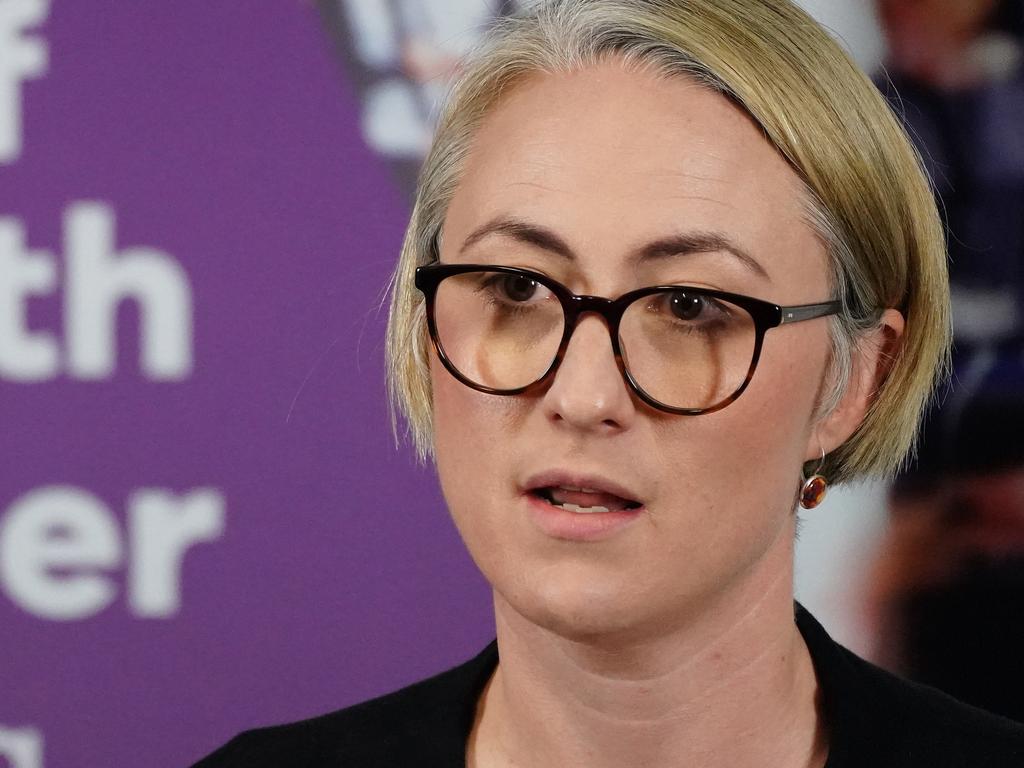
WHAT IS CONTACT TRACING?
Over the last few weeks, a team of usually 30 contact tracers has been expanded to 1000.
“This is something we have teams of people doing across the country every day of the week,” Victoria’s Deputy Chief Health Officer Dr Annaliese van Diemen told 7.30.
“It is a bit like detective work,” she told the program, explaining how her highly skilled team find where infected people have been and who they crossed paths with.
“The first step is an interview, and then they go all the way back – 14 days – to when the patient may have acquired the disease,” Dr van Diemen said, noting that not all infected cases are the same.
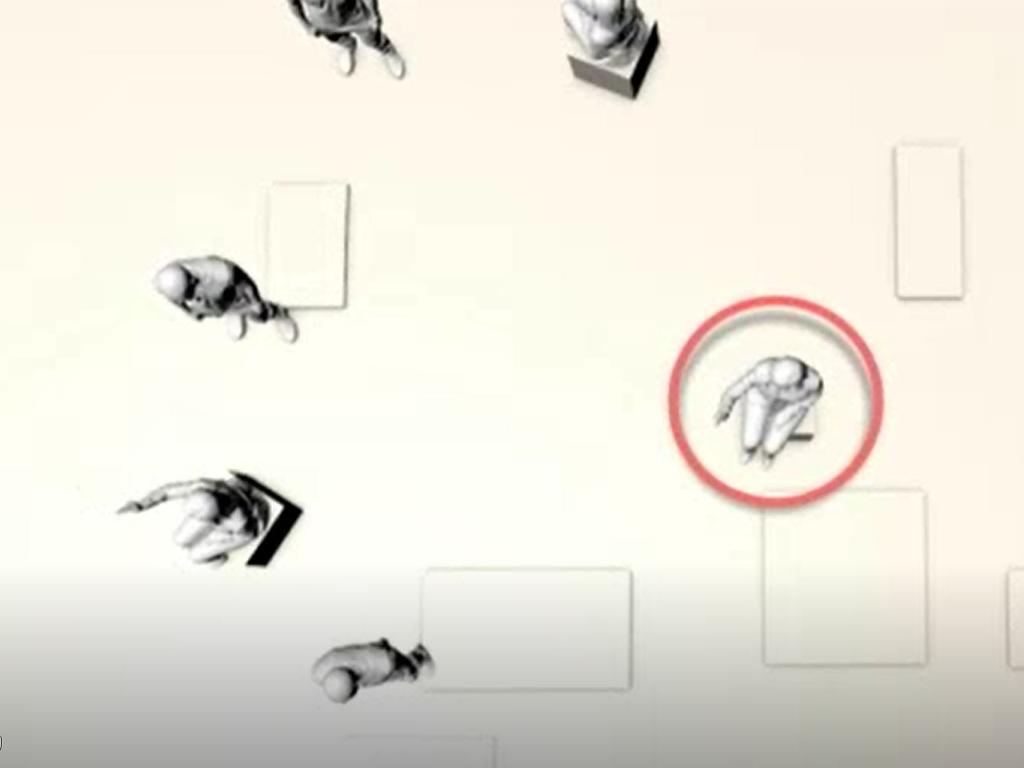
“Some people – for reasons unknown to us – appear to be far more infectious than others,” she said. “This is something that is keeping a lot of us up at night. And it has been for months now.”
Dr van Diemen likens the pandemic to war.
“We in here feel like we are preparing for battle,” she said.
FACELESS HEROES
Based in Melbourne, Australia’s team of contact tracers are not often spotlighted for the work they do.
“No one really knows what we do, because we work in the background,” said Nectaria Tzimourtas, who leads the Victorian team of contact tracers.
“We literally stop hundreds and thousands of cases of different diseases a year.”
“A normal day is 12-17 hours a day at the moment,” she said.
And as the world buckles under the intensity of a rapidly spreading virus, every hour spent analysing data is critical.
For other members of the team, like epidemiologist Dr Charles Alpren, three-month turnaround times for data analysis have become 7-hour deadlines.
“Things have been extraordinarily busy and extraordinarily intense,” he told 7.30.
“The analysis we’re doing is genuinely informing decisions that are having huge effects on people’s lives, and we’re very conscious of that.”
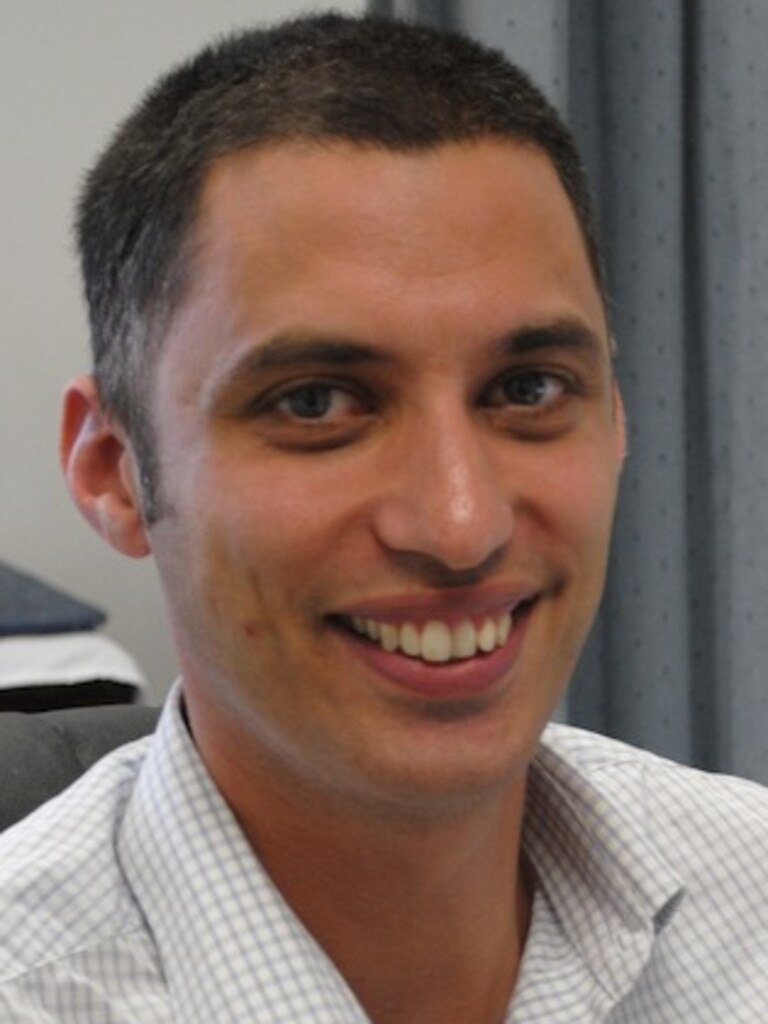
THE ROAD OUT
With the number of confirmed cases on the decline, Prime Minister Scott Morrison did not cave to pressure to ease up on restrictions.
In a national press conference yesterday, the PM said he would only review the restrictions in four weeks’ time, while praising the work of contact tracers for doing “the real heavy lifting”.
“They are a team of Sherlock Holmes … they are doing a fantastic job on tacking down these cases,” he said.
“We need to lift that to an industrial capability and do that using technology and we need to do that as soon as we possibly can.
“If we can get that in place, that will give us more options and Australians more freedoms.”
Johns Hopkins University researchers estimate that the US alone will need an army of 100,000 contact tracers, either paid or voluntary, to control the country’s spread.
But Australia’s team is already planning ahead, proposing digital measures to deal with larger outbreaks in the future.
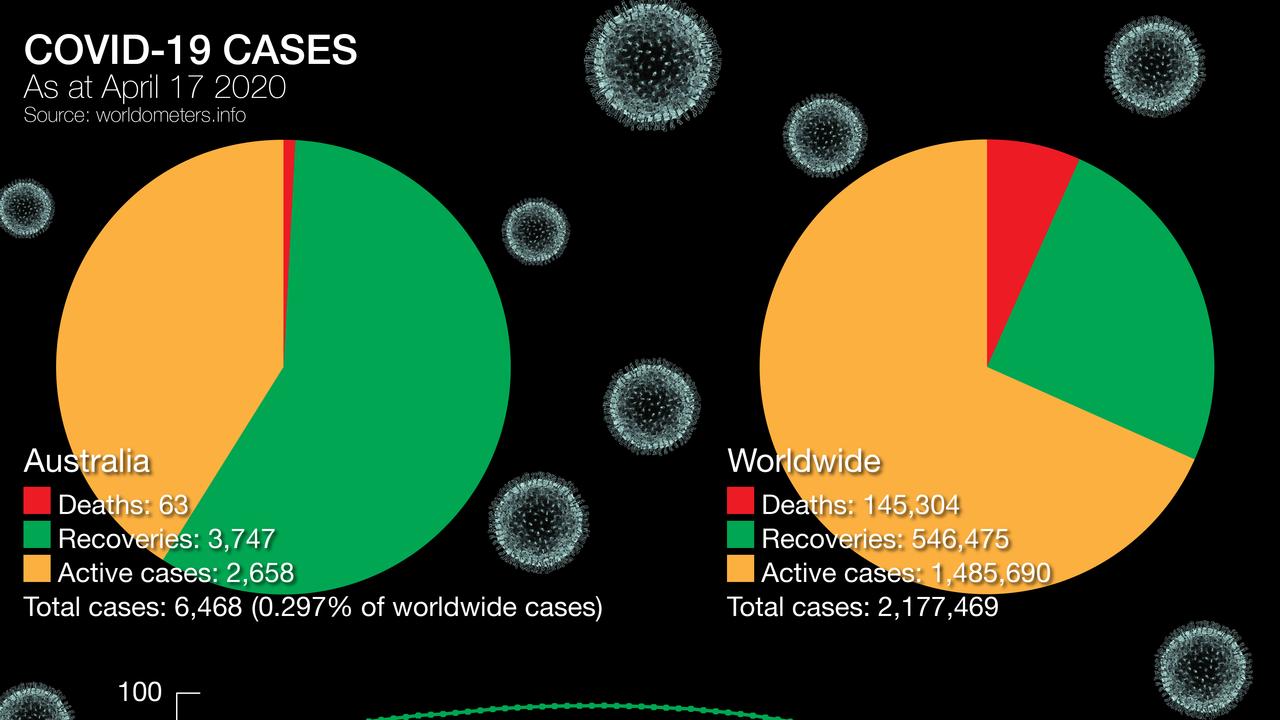
“What we’re looking at is digital mechanisms to maintain a really complete system of contact tracing, so that we can connect those dots,” Dr van Diemen said.
“This virus hasn’t changed because we’ve got lower cases than we had two or three weeks ago,” she warned.
“There still is no vaccine at this point in time; there still is no treatment.”

